Author: Will Phillips
-
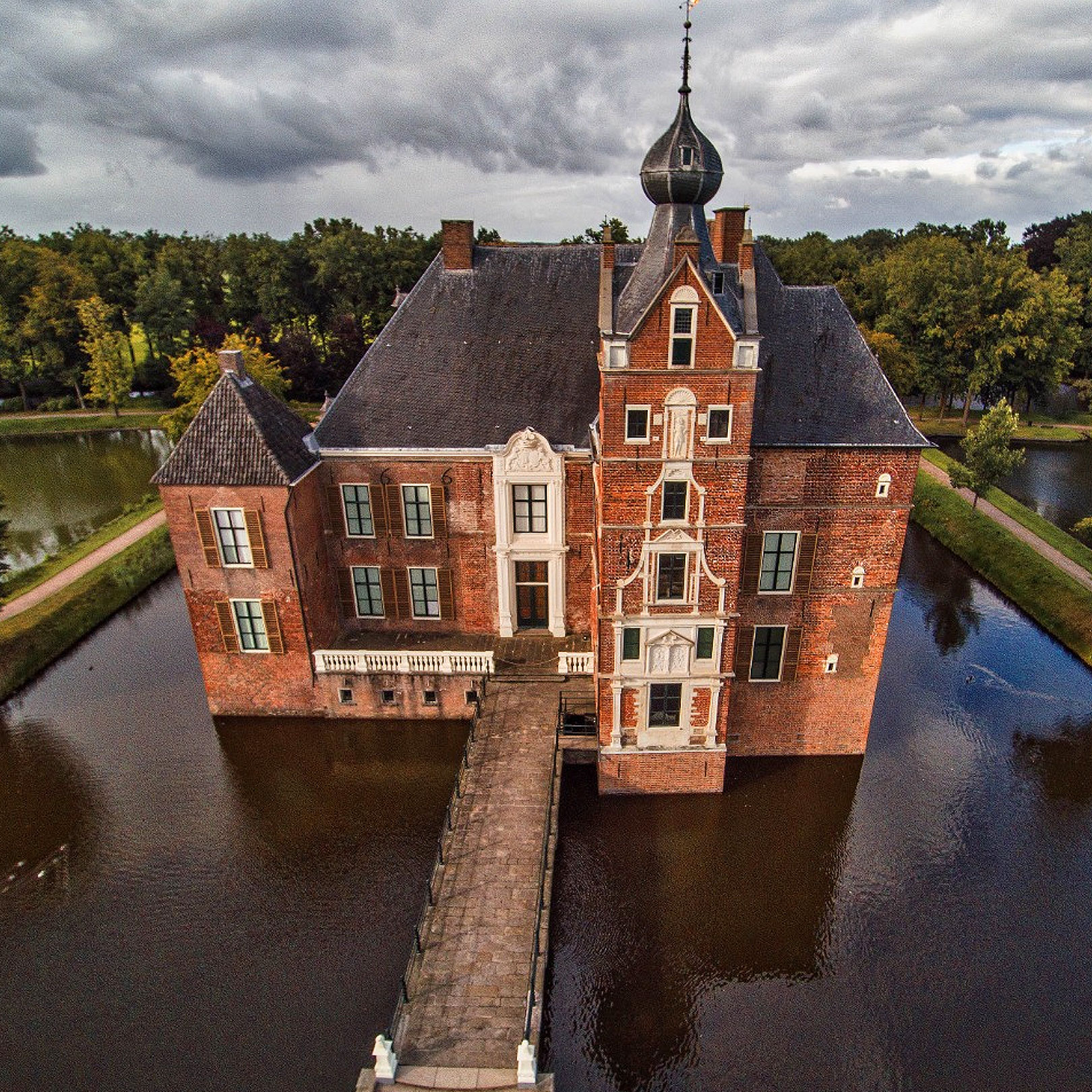
Maarten van Rossum and the Kasteel De Cannenburch
In the decades before the Eighty Years War (or Tachtigjarige Oorlog) that severed the Low Countries into a republican Dutch north and a Habsburg royalist south, another war raged. One largely forgotten about. The Habsburg dynasty was ascending. Charles V – not just king of Spain and Holy Roman Emperor, but also local boy and…
-
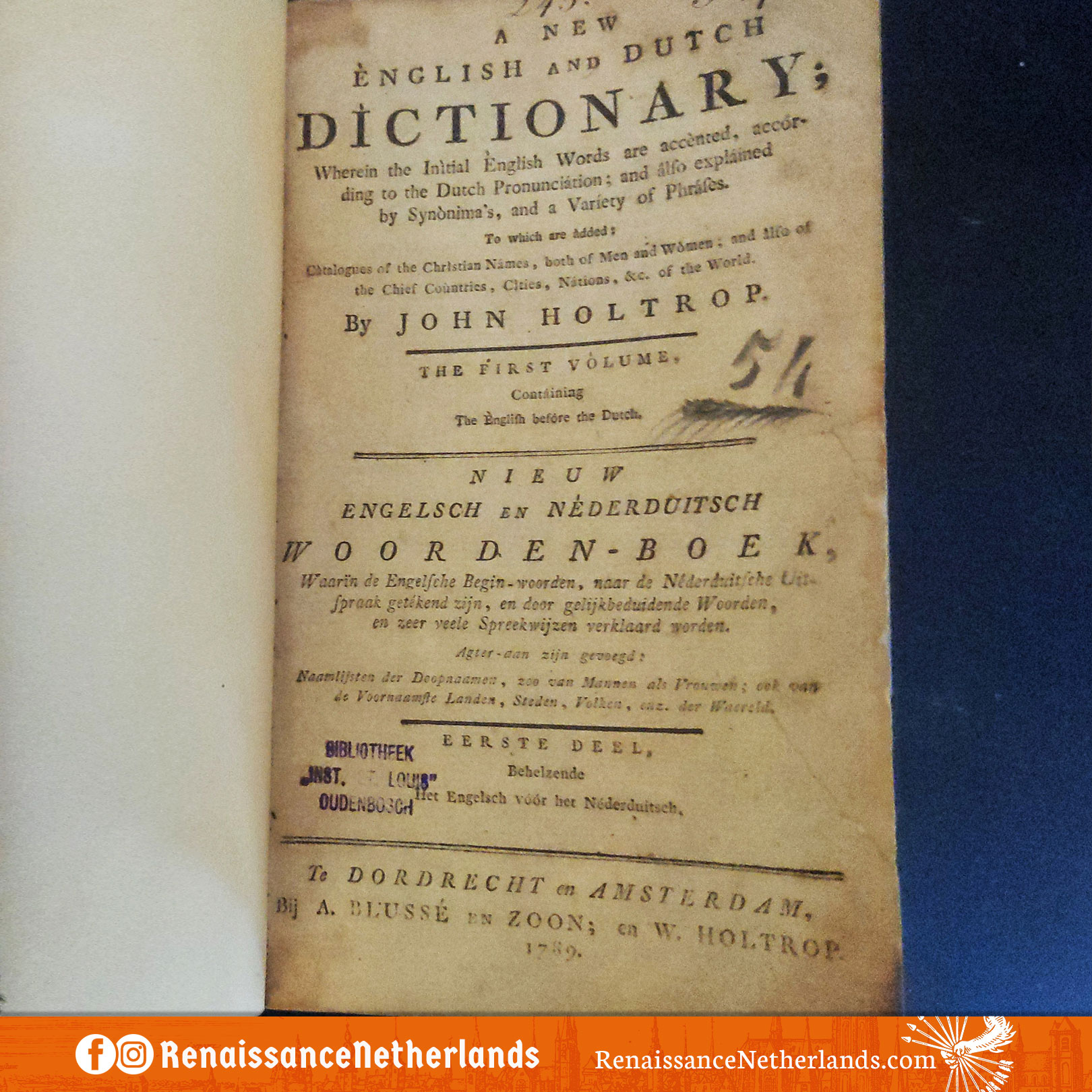
Two-Volume Dutch-English Dictionary by John Holtrop, 1789 & 1801
Sharing a recent acquisition for my Dutch & Flemish studies library: a 220 year old, turn-of-the 19th century Dutch-English dictionary in two volumes! It is unknown if the author, John Holtrop ( d. 1792), was born in England or if his family emigrated to Dordrecht in South Holland. But he appears to have fully settled…
-
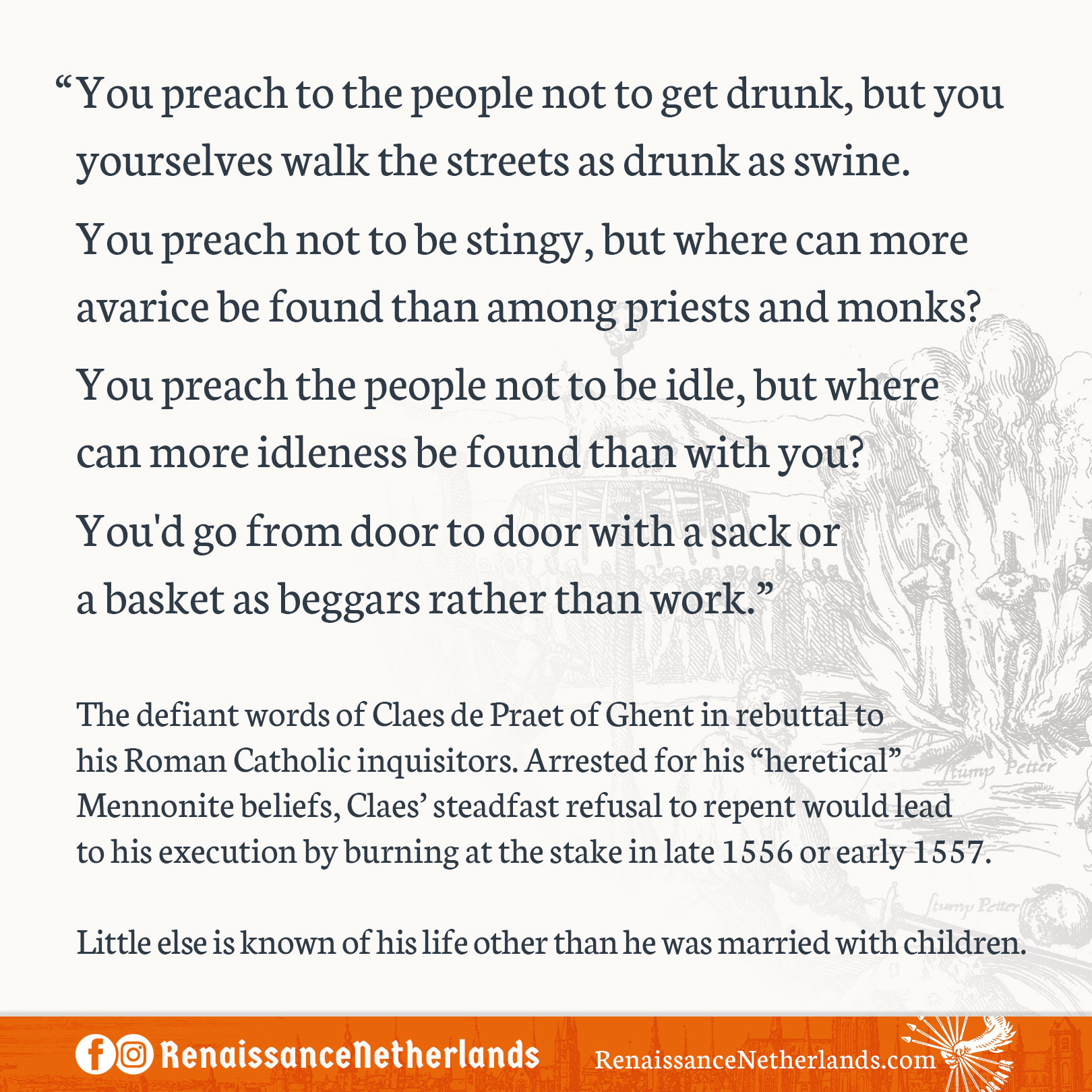
A Short History of the Origins and Persecutions of the Dutch Anabaptists
In the early years of the sixteenth century, after a certain German monk famously nailed an academic debate to a cathedral door, the two early Protestant identities began forming – the eponymous Lutherans and the “Reformed” church in the mold of Huldrych Zwingli, Heinrich Bullinger, and Jean Calvin (whose detractors would later rebrand the movement…
-
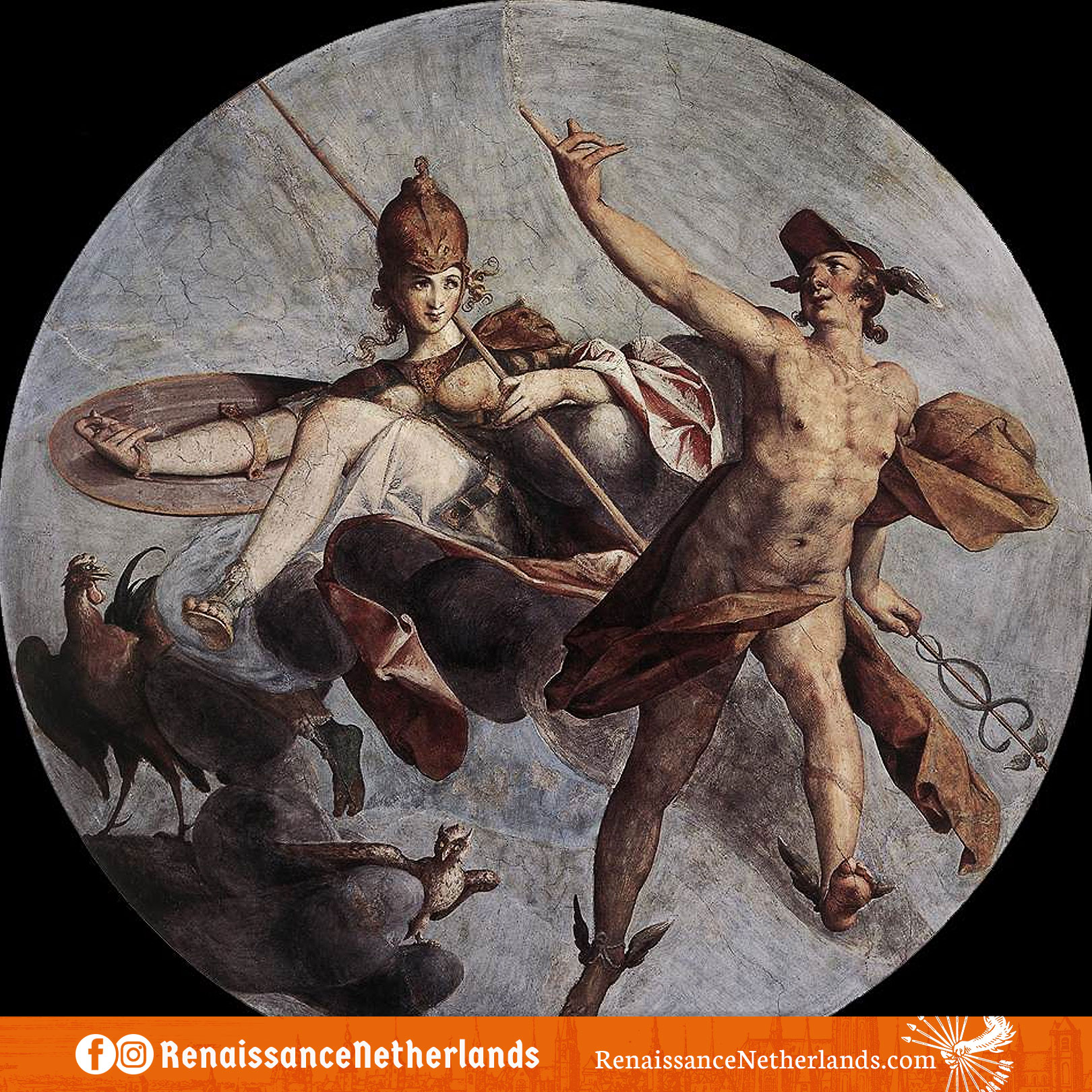
The Lucky Life and Breaks of Painter Bartholomeus Spranger
Bartholomeus Spranger (1546–1611) was born the third son to an Antwerp merchant family with business ties to both Rome and Tunis in northern Africa. With his older brothers continuing the family business, young Bartholomeus made the most of his chances with art. As a teenager, he studied in the workshops of various Flemish: Jan Mandijn,…
-
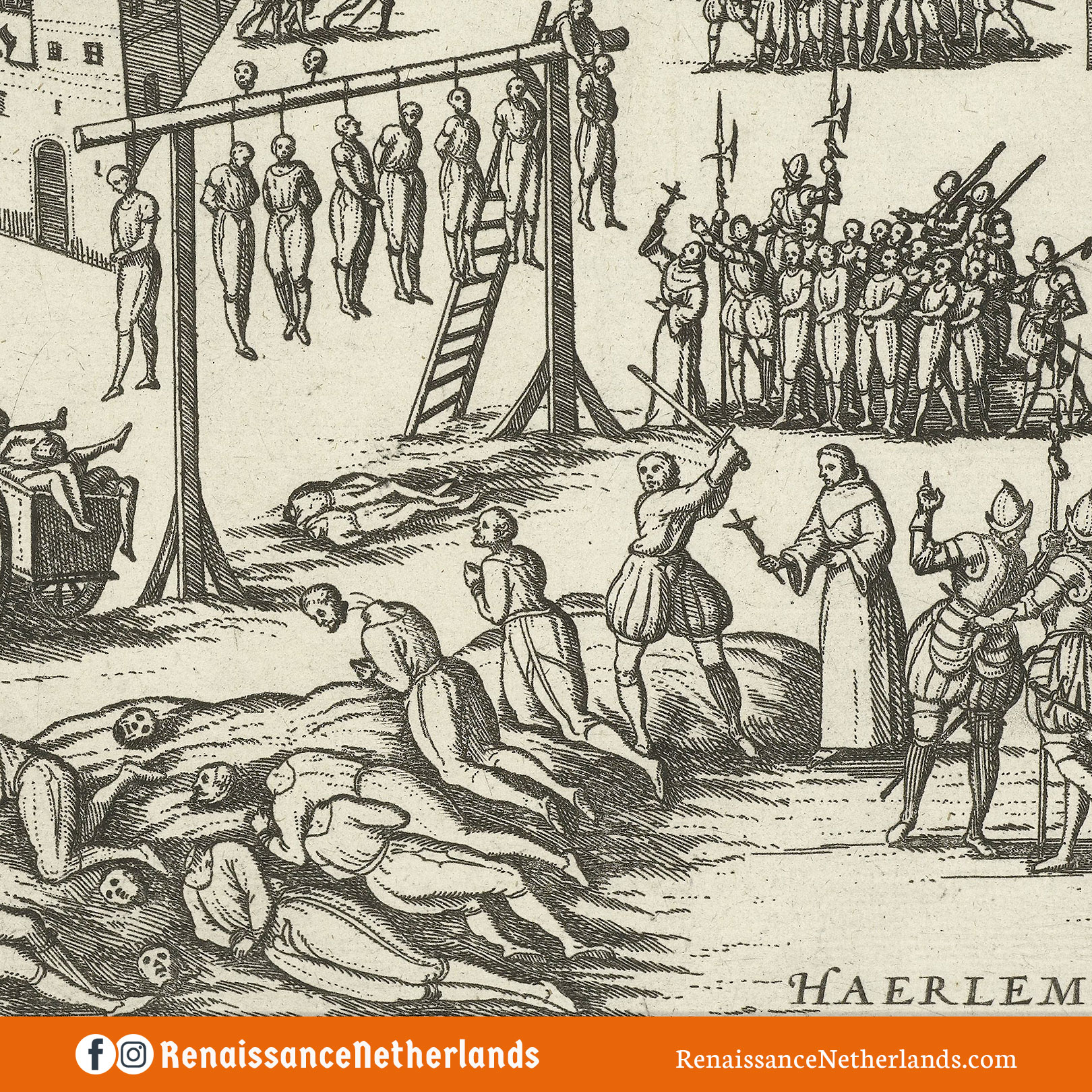
The Aftermath of the 1573 Siege of Haarlem
File this under “things could always be worse.” The city of Haarlem, just west of Amsterdam, was decidedly not part of the early turmoil and revolt that began spreading across Holland, Flanders, and Brabant in the 1560s. There was no iconoclastic vandalism of Catholic churches, and the city administration did not initially support the “Geuzen”…
-
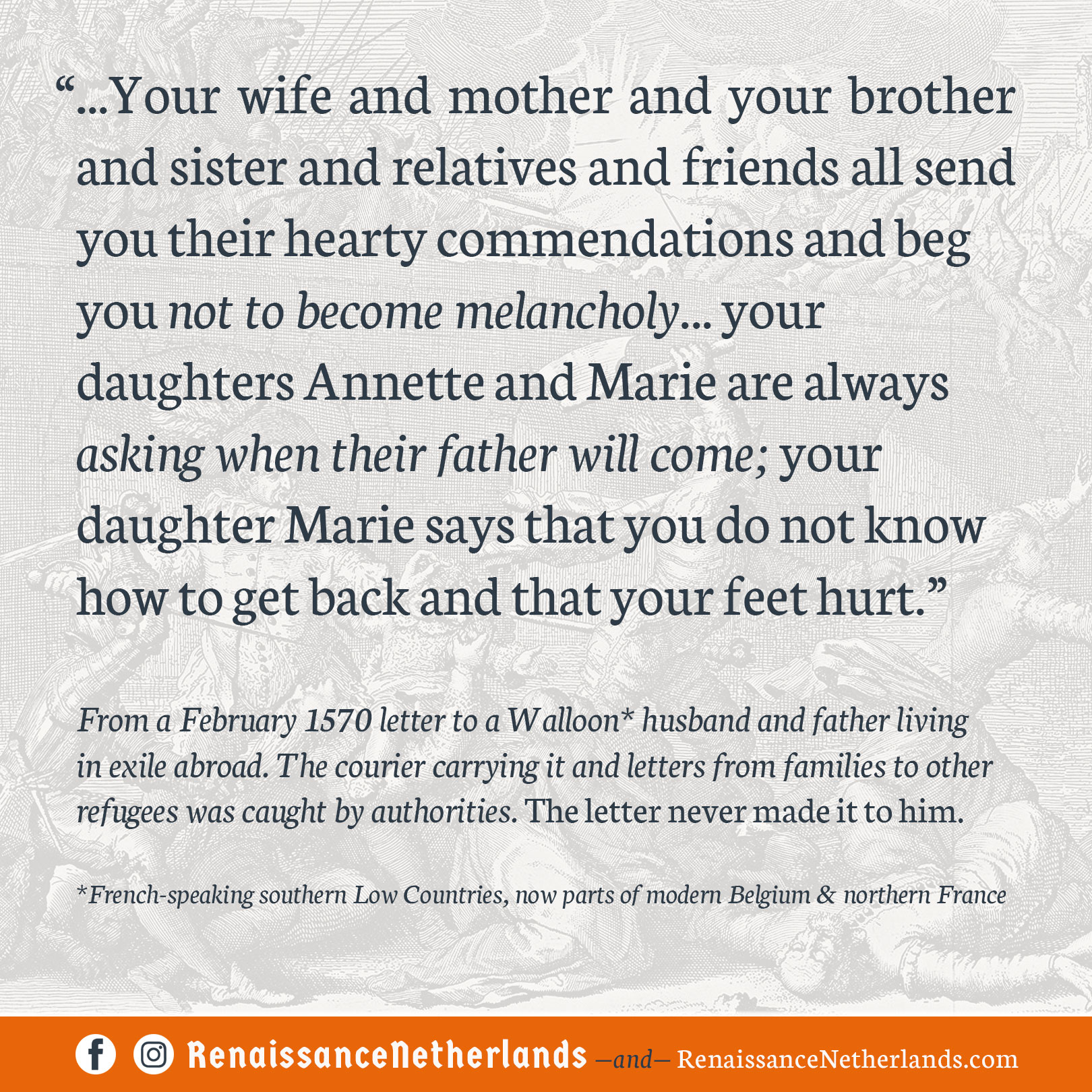
1570 Letter to an Exiled Walloon Father and Husband
An example of the human experience from history. These were people like you and I. The years following Philip II’s ascension to the throne of a united Spain and the Seventeen Provinces of the Low Countries saw a dramatic rise in tension across all layers of society. Confrontations with the Habsburg government grow more frequent…
-
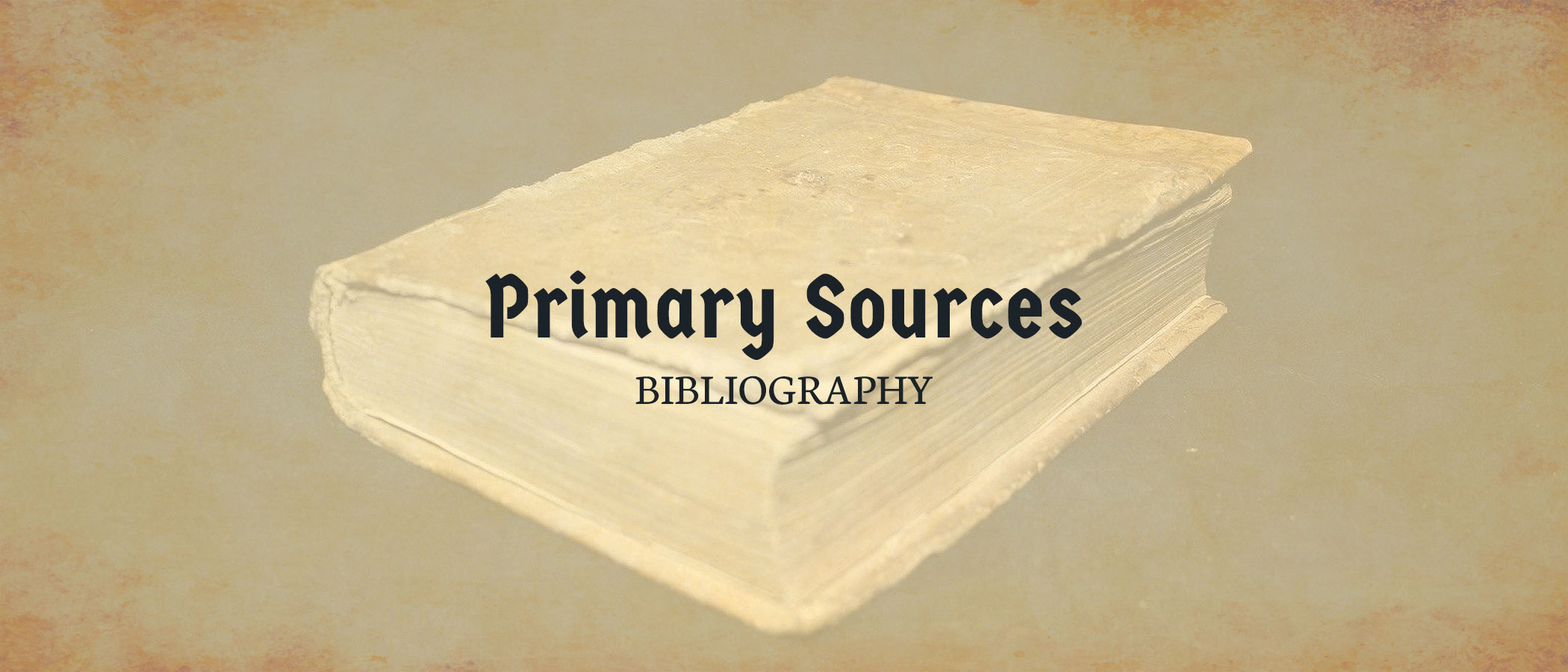
Bibliography 10: Academic and Primary Sources
A bibliography of primary sources relating to the Renaissance era Netherlands—original texts, English translations, and modern scholarly collections of the same. As part of this larger Dutch and Flemish Studies Bibliography, a focus is on English translations, but a number of Dutch and French language documents are included.
-
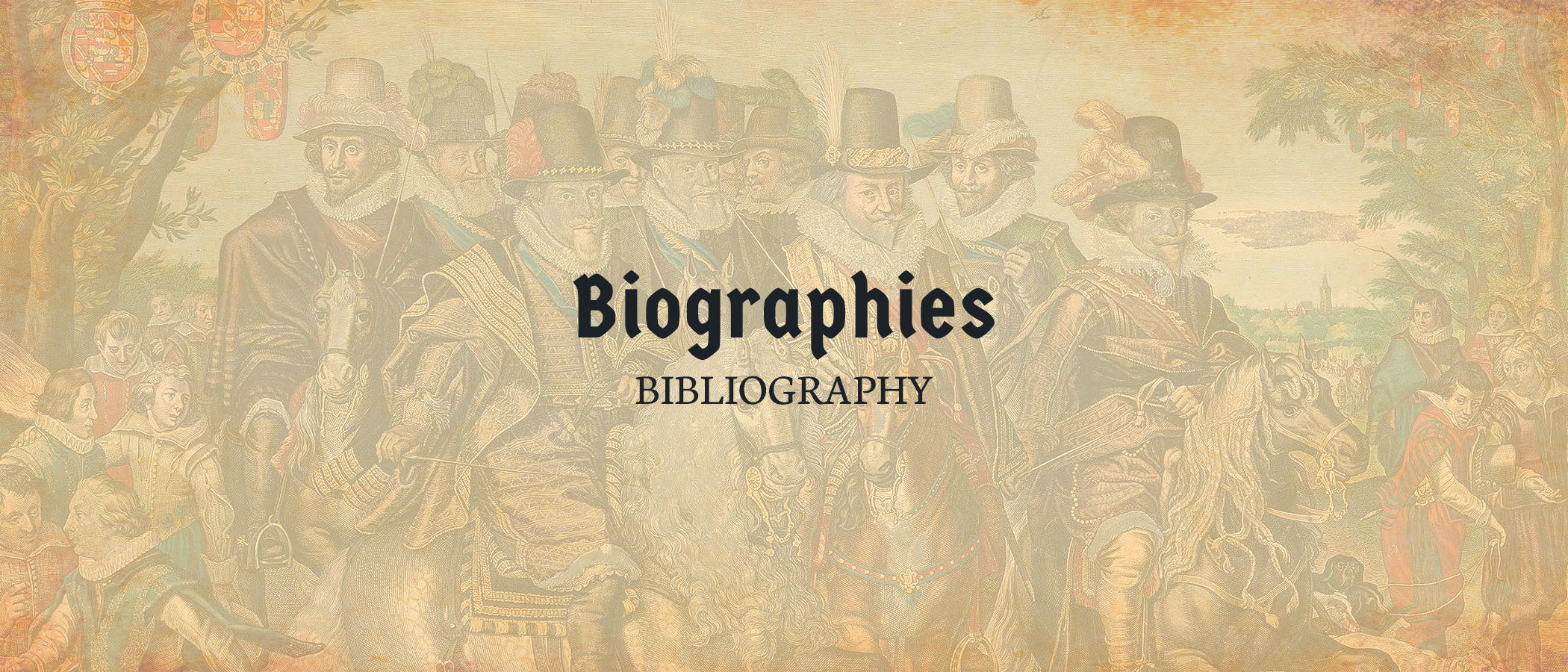
Bibliography 09: Biographies
A bibliography of biographies of the many important, influential, or otherwise interesting individuals who called the Low Countries home or played a significant role in the turmoil and cultural Renaissance that occurred there. Part of a larger Dutch and Flemish Studies Bibliography.
-
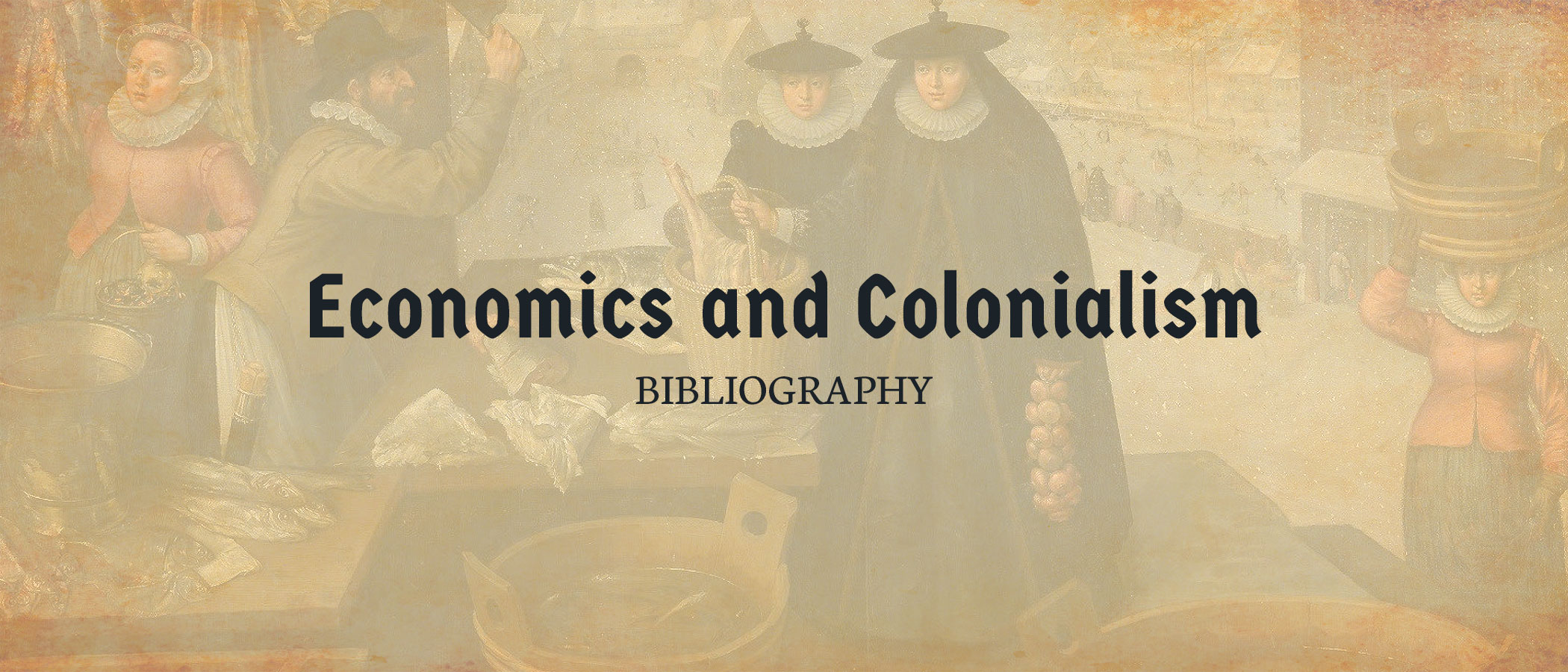
Bibliography 08: Economics and Colonialism
A bibliography focused on the economics, industry, exploration, and colonial impacts of the Dutch in this era. While most of these works focus on the sixteenth century, there are those works that overlap or solely address the economic and colonial power the Dutch Republic would become in the 1600s. Part of a larger Dutch and…
-
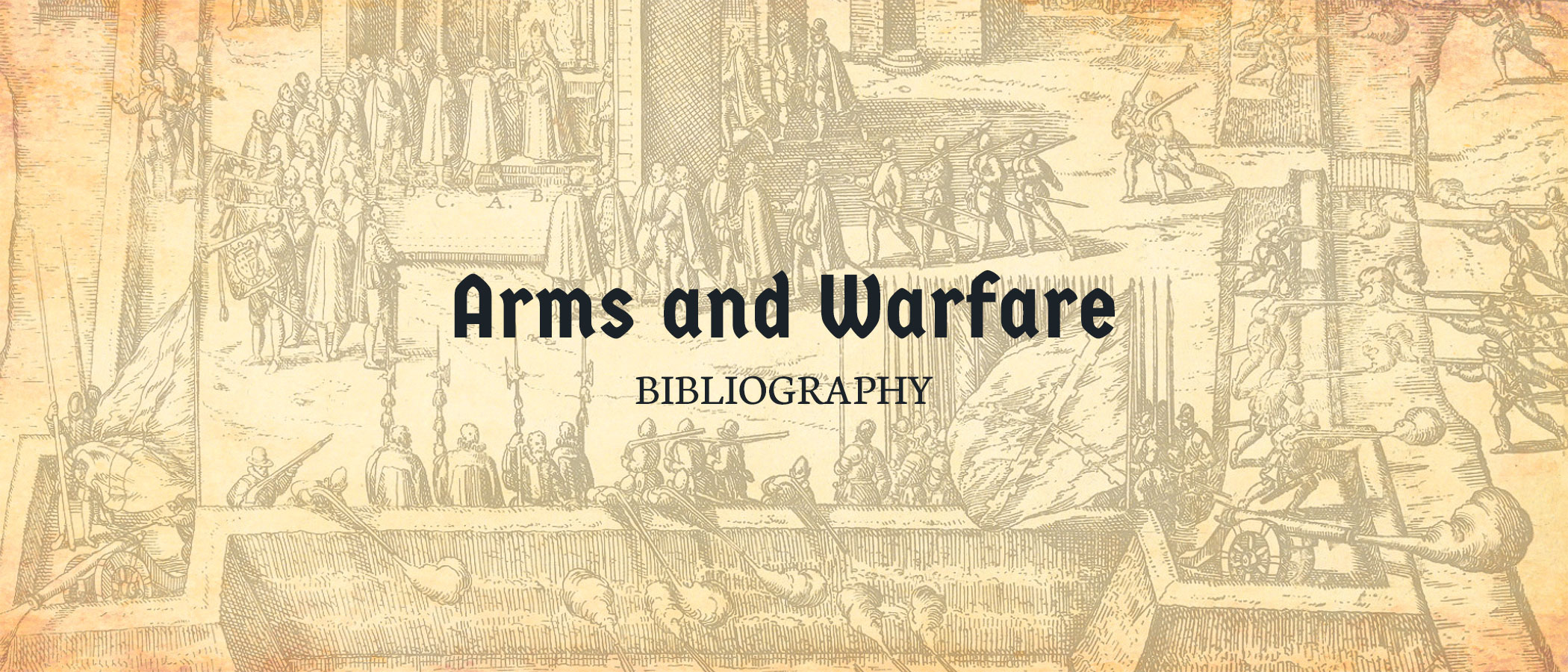
Bibliography 07: Arms and Warfare
A bibliography of works about the remarkable and consequential “military revolution” that was playing itself out on battlefields, in sieges, and by recruiters in town squares and taverns. Armies of pikemen, musketeers, cannons, and cavalry were growing larger, and it was a challenge to pay these massed forces. Part of a larger Dutch and Flemish…